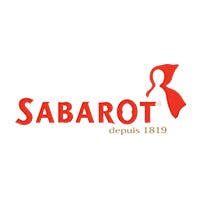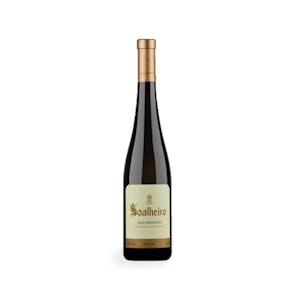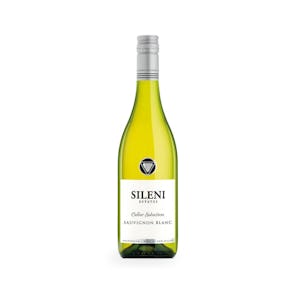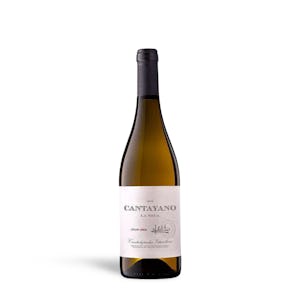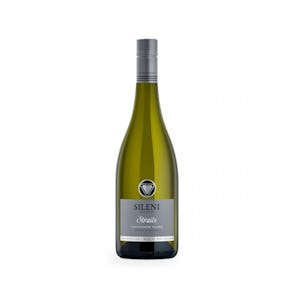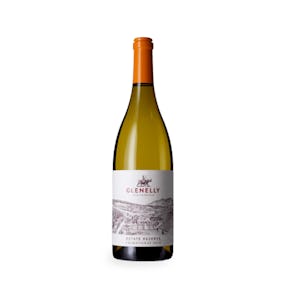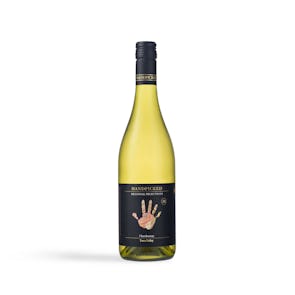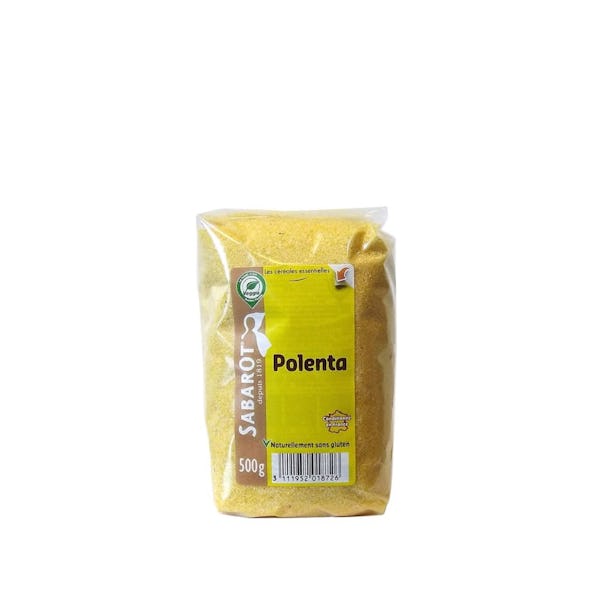
TASTING NOTES FROM THE CURATOR
Polenta is made by grinding corn into a flour or meal, and is a staple in Northern Italian, Swiss, and Balkan cuisines. Traditionally associated with lower classes, polenta is now found in many different tables around the world, popular for its taste and health benefits.
It’s a rich yellow color, reminiscent of the corn it’s made with. It’s slightly sweet in flavor, but only very slightly. It’s mostly neutral, though, which makes it a great partner to many dishes.
PREPARATION AND PAIRINGS
Traditionally, it’s served as a sort of hot porridge. Simply boil salted water in a heavy-bottom sauce pan, and pour in the polenta. Whisk vigorously and continually to avoid forming lumps. Reduce heat once boiling, but keep whisking until smooth and creamy. Feel free to add Parmesan, truffle oil, or herbs to flavor it.
After that, you can serve it in place of pasta, rice, or potatoes. Top it with some roasted vegetables, a meaty pasta sauce, or eat it with roast beef.
You can also make polenta fries.
- When your polenta is nice, smooth and creamy in your sauce pan, add in some butter, salt, pepper, oregano, thyme, and rosemary, and stir to combine.
- Transfer your polenta onto a baking sheet, and spread it evenly. Chill for 2 hours or overnight.
- Once chilled, flip it over onto a cutting board to release. Slice the polenta lengthwise in half, then cut into equal-sized fries.
- Heat neutral oil in a large pot, and using a sieve or a spider, submerge about 2 fries at a time. Let it fry for 2-4 minutes, until crispy and golden brown. Transfer onto a paper towel-lined plate once done.
- Serve with aioli. Enjoy!
YOUR NEW CARB ALTERNATIVE
Polenta is a great alternative to pasta and rice. it’s a wonderful source of fiber and protein, which keeps the digestive system healthy. It’s also filled with complex carbohydrates. Which regulate blood sugar levels. Polenta also contains vitamin A, necessary for kidney, lung, and heart health, as well as carotenoids, which keep your eyes healthy. It’s also naturally low in fat and calories.
Storage Instructions
Store your polenta in an airtight container, in a cool, dry place, like the pantry or a cupboard.

